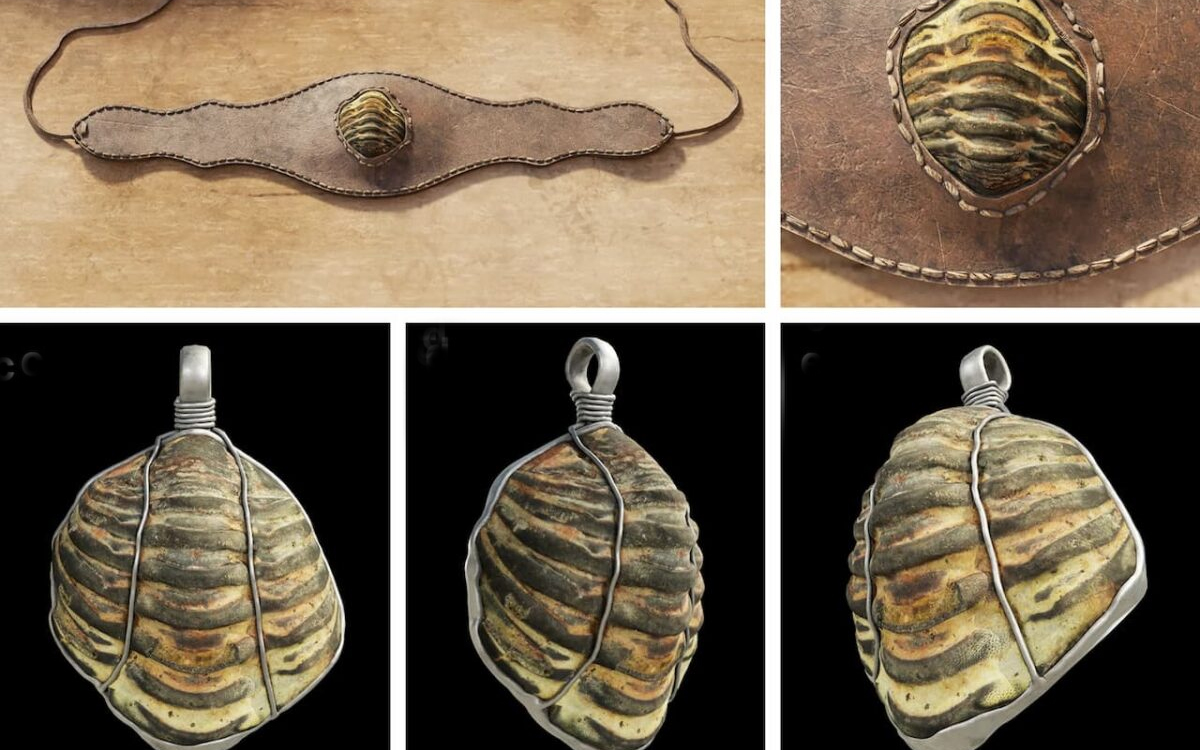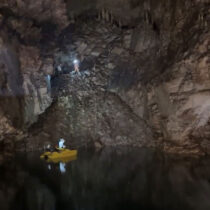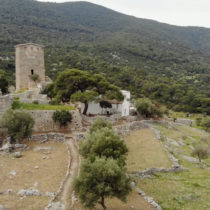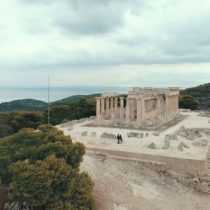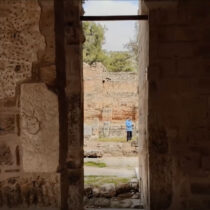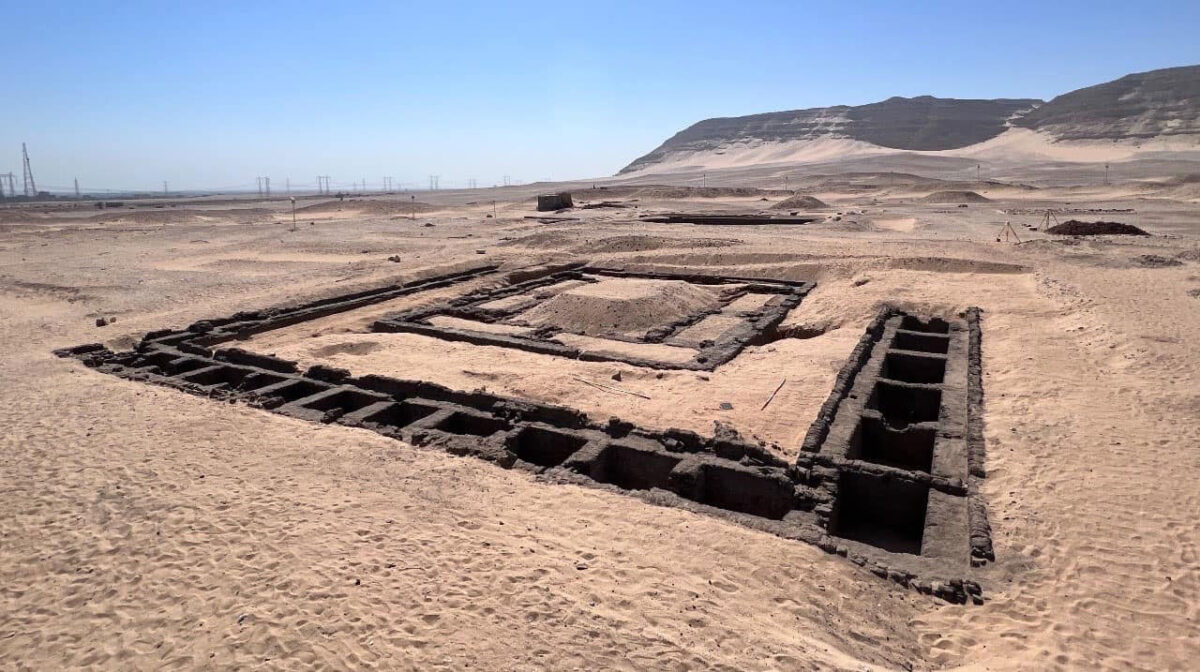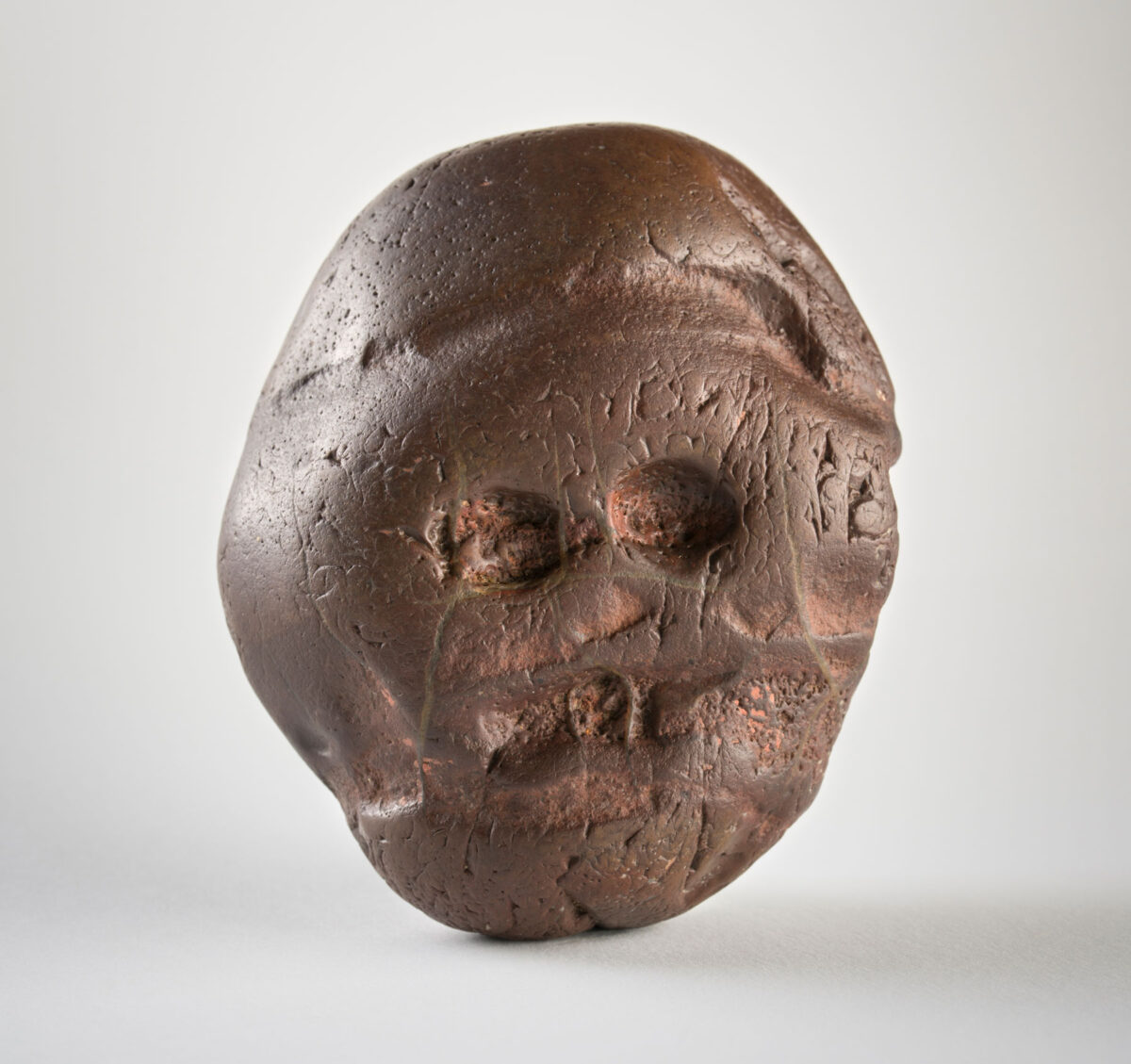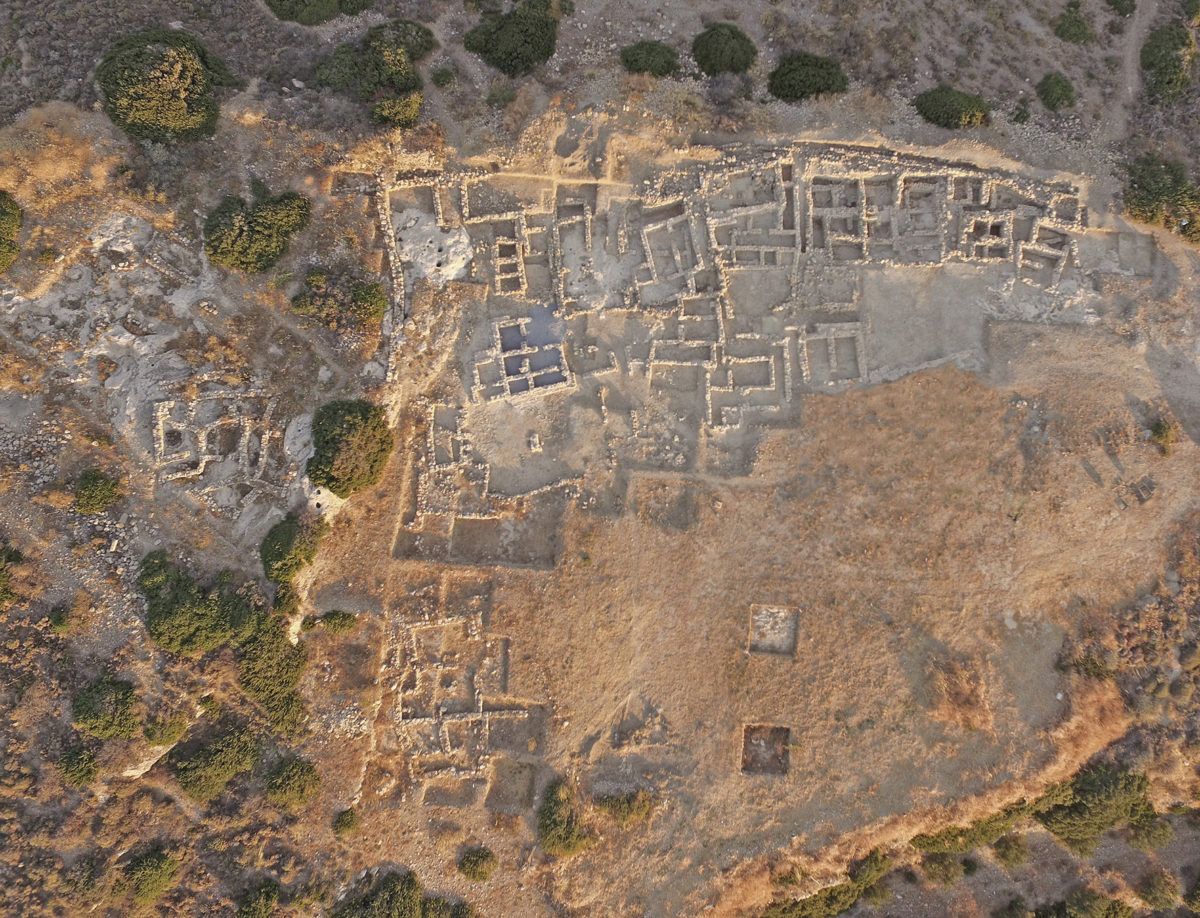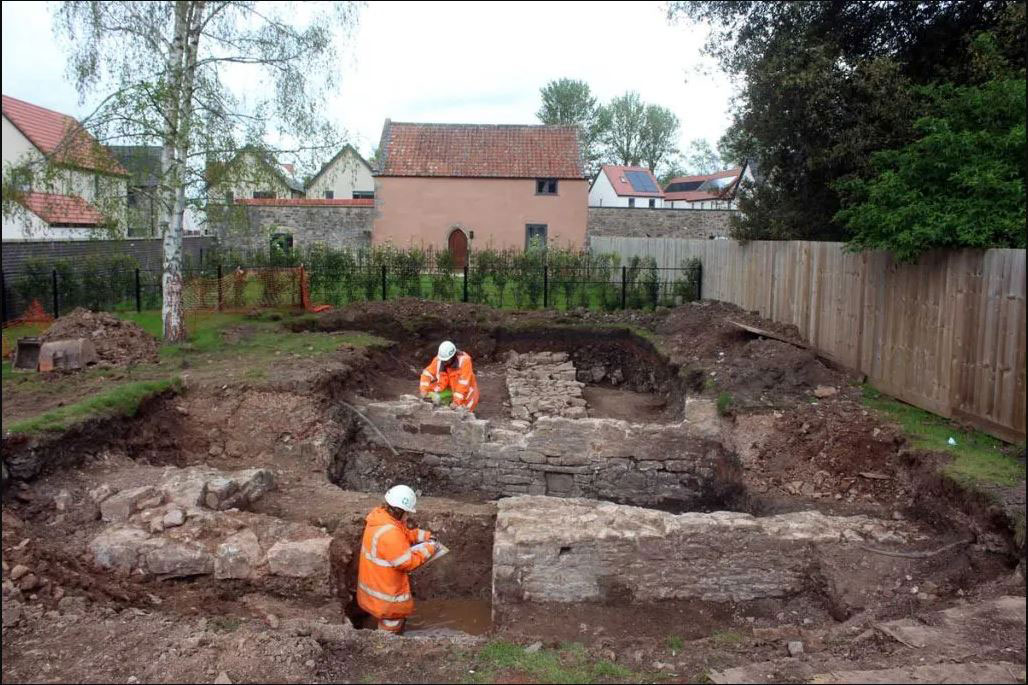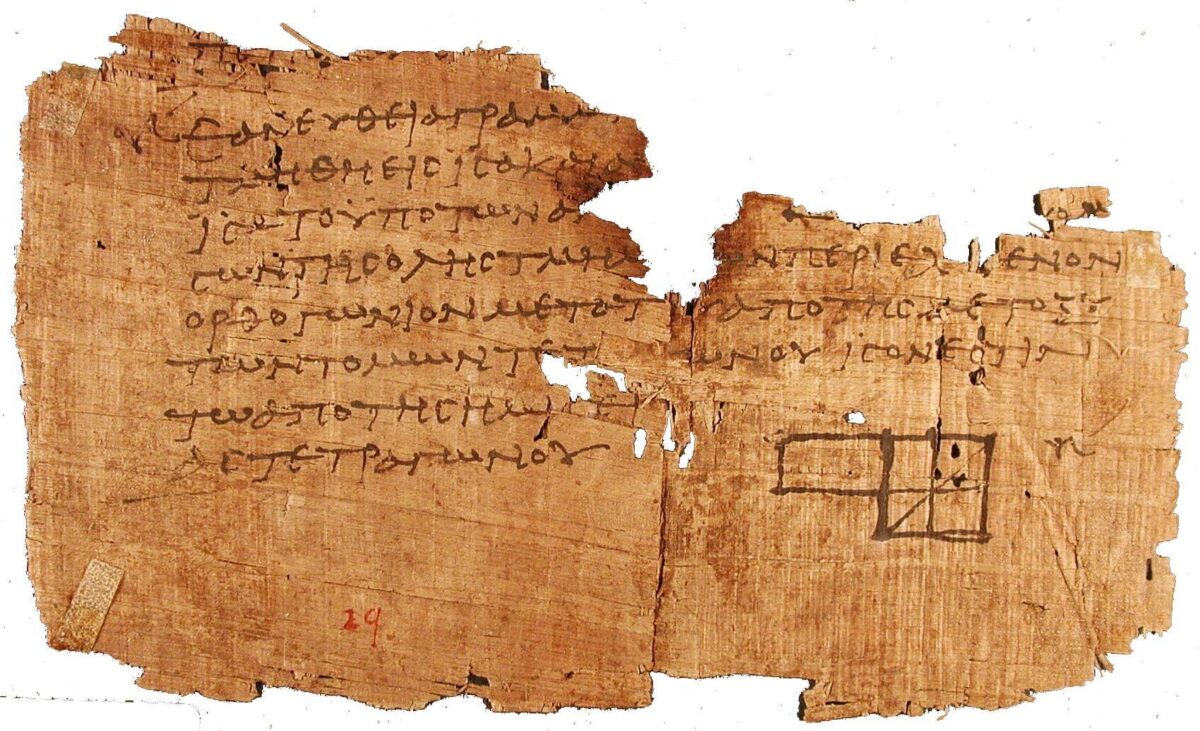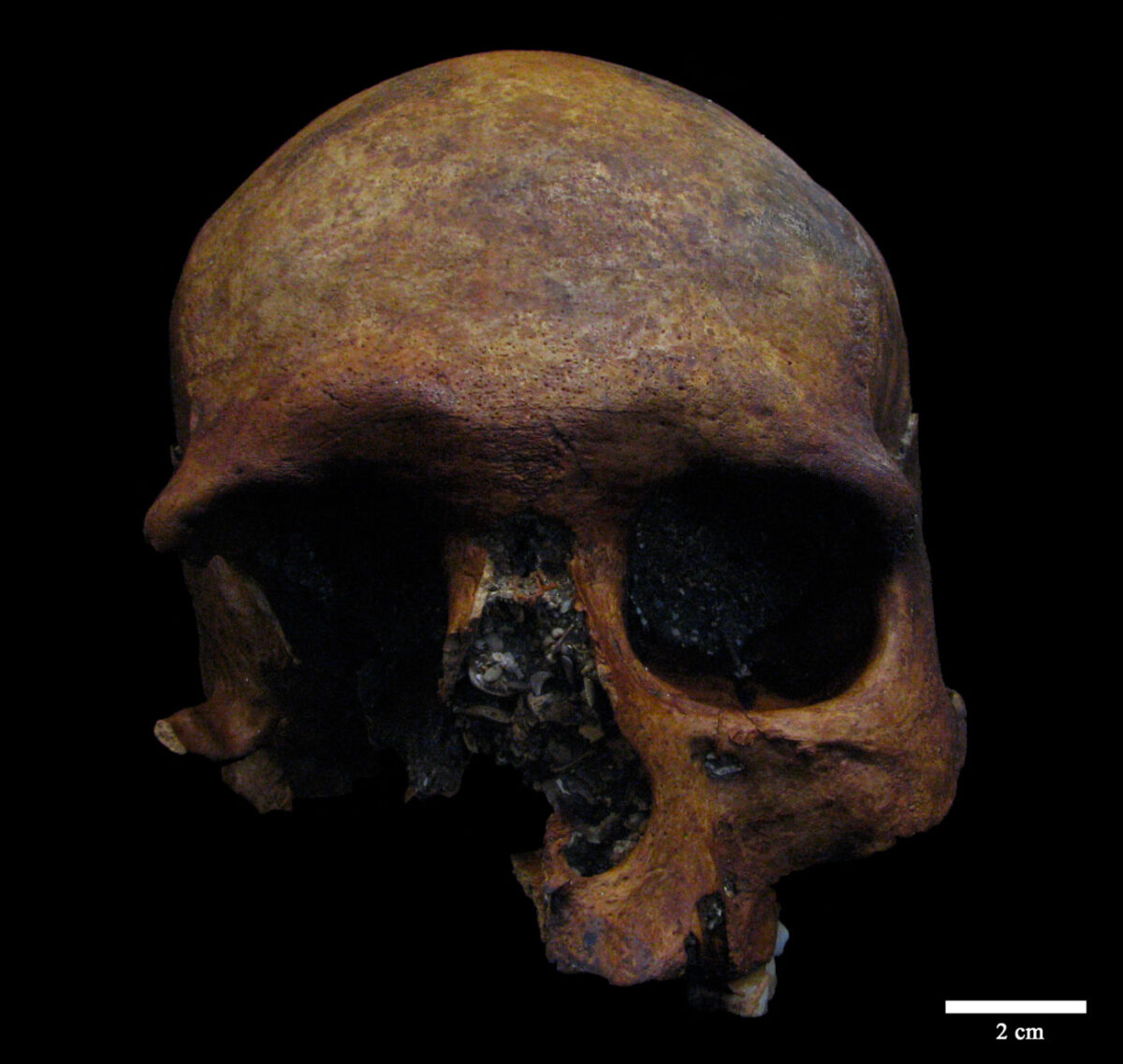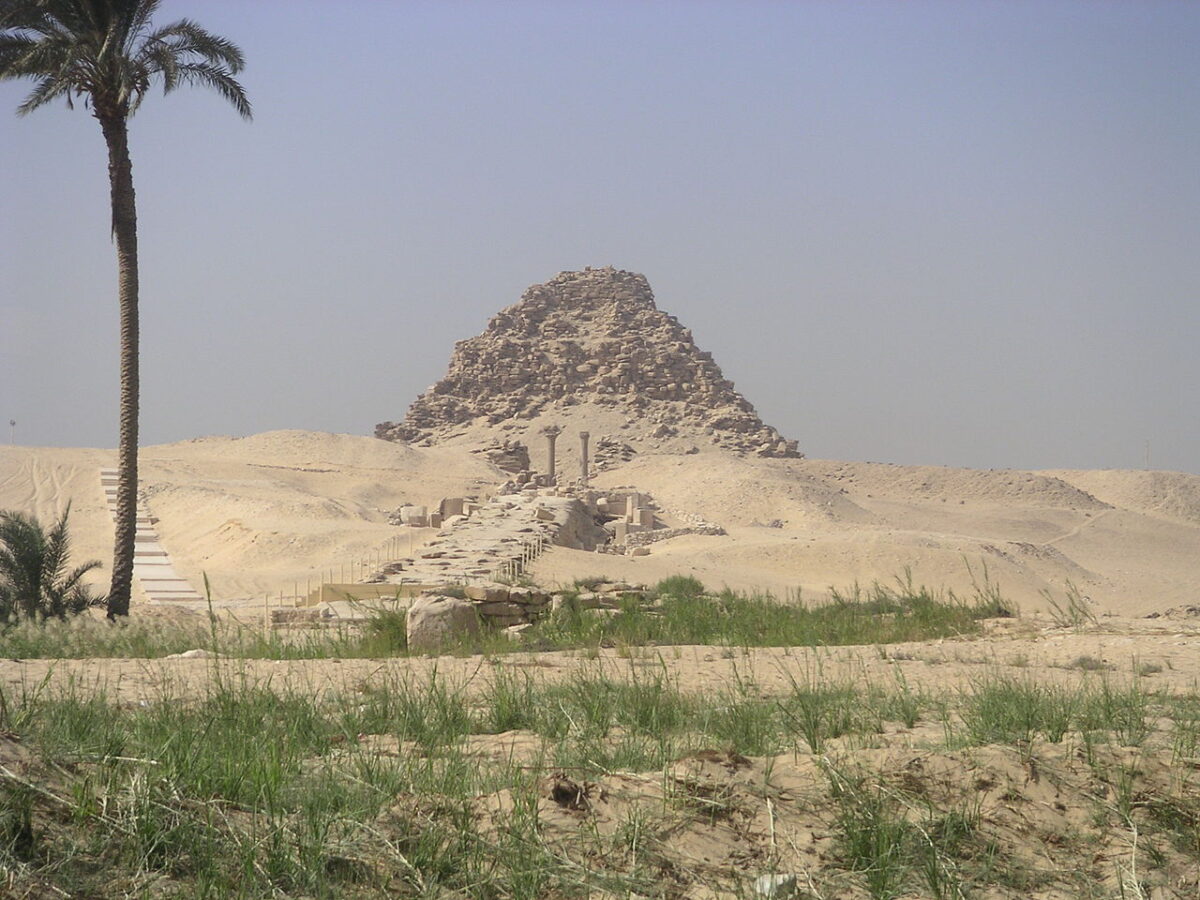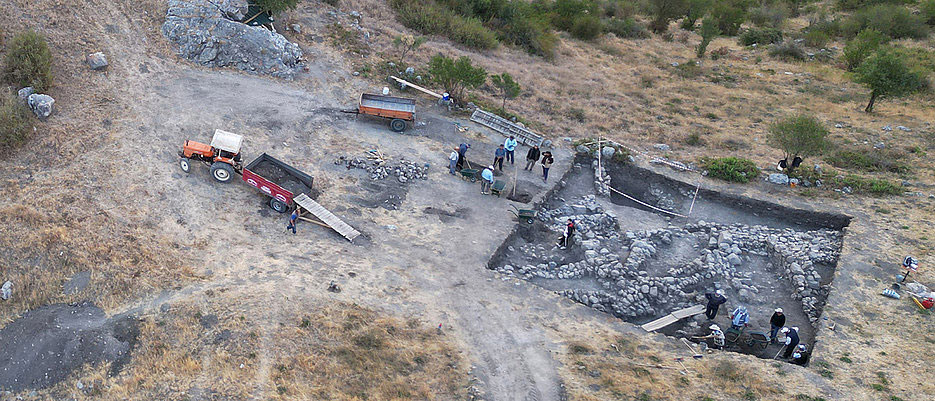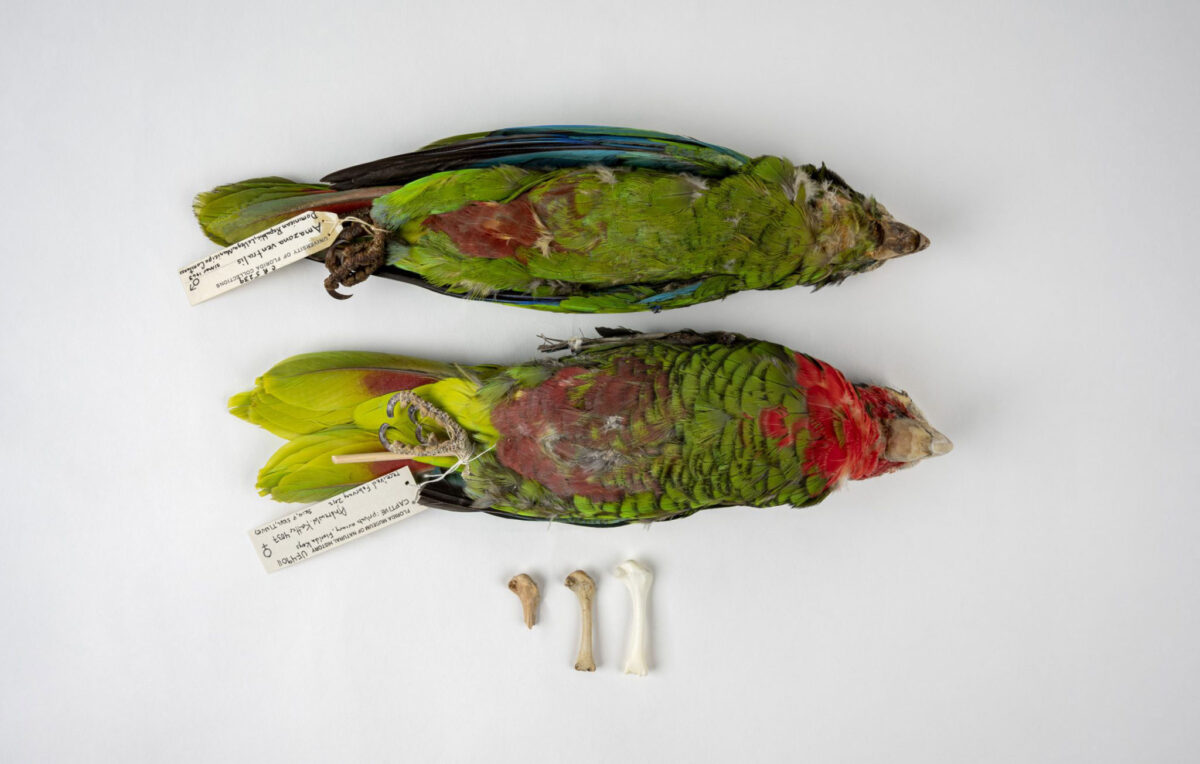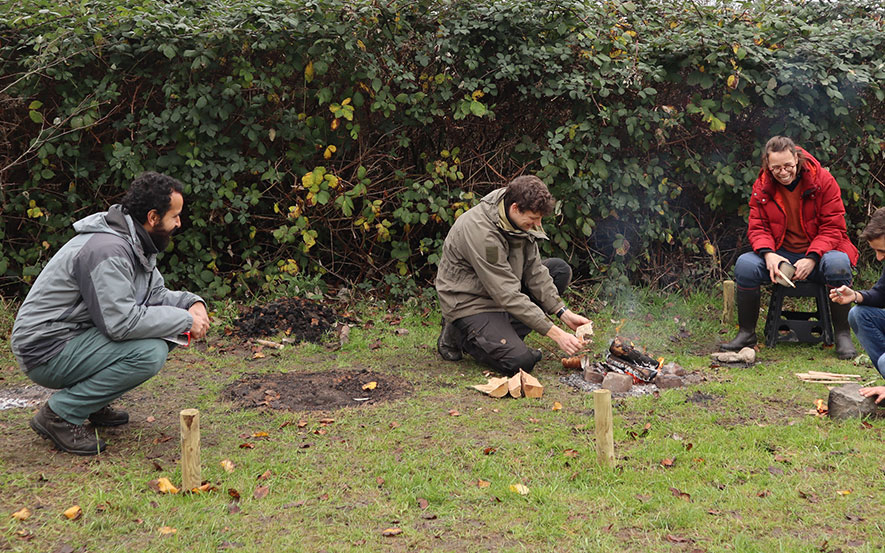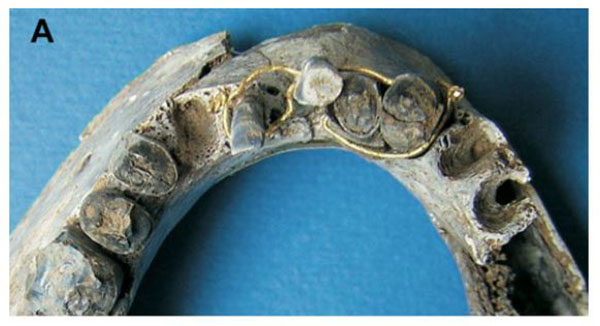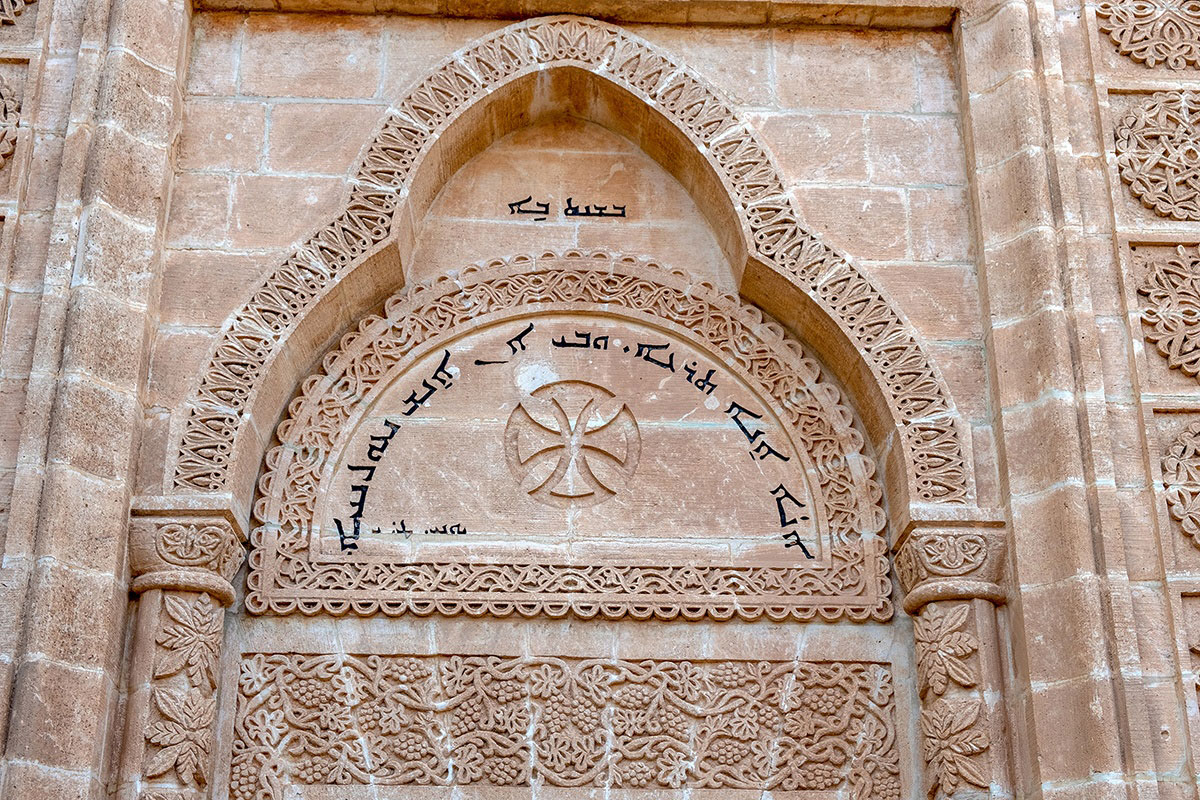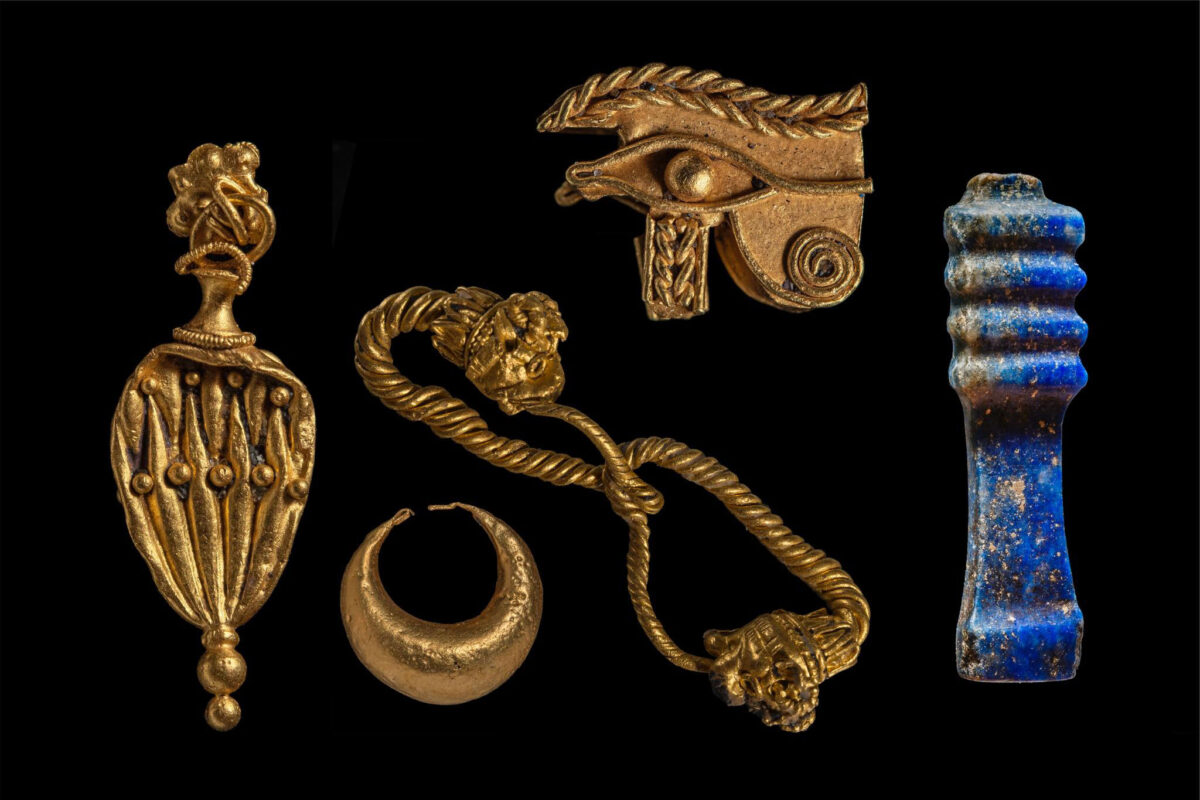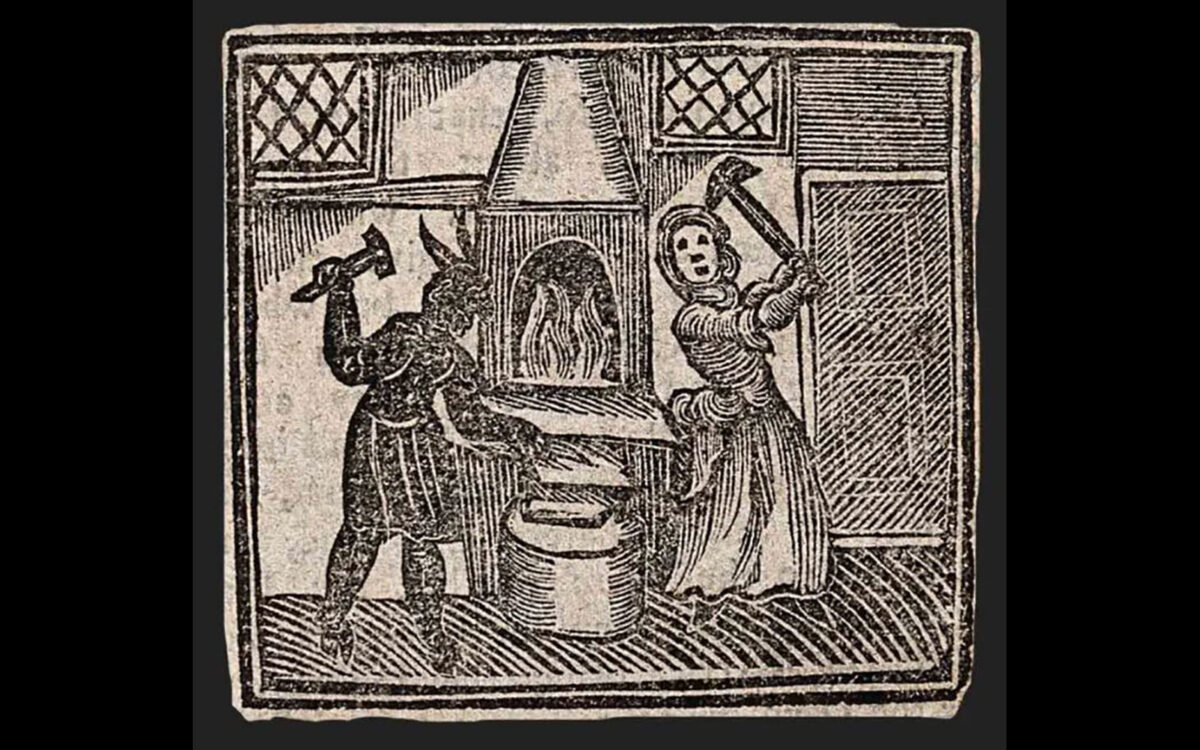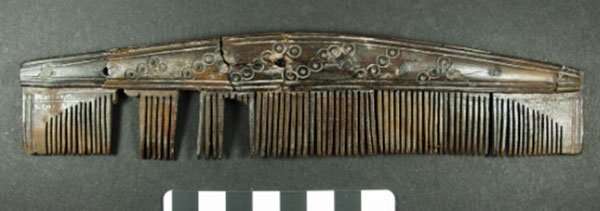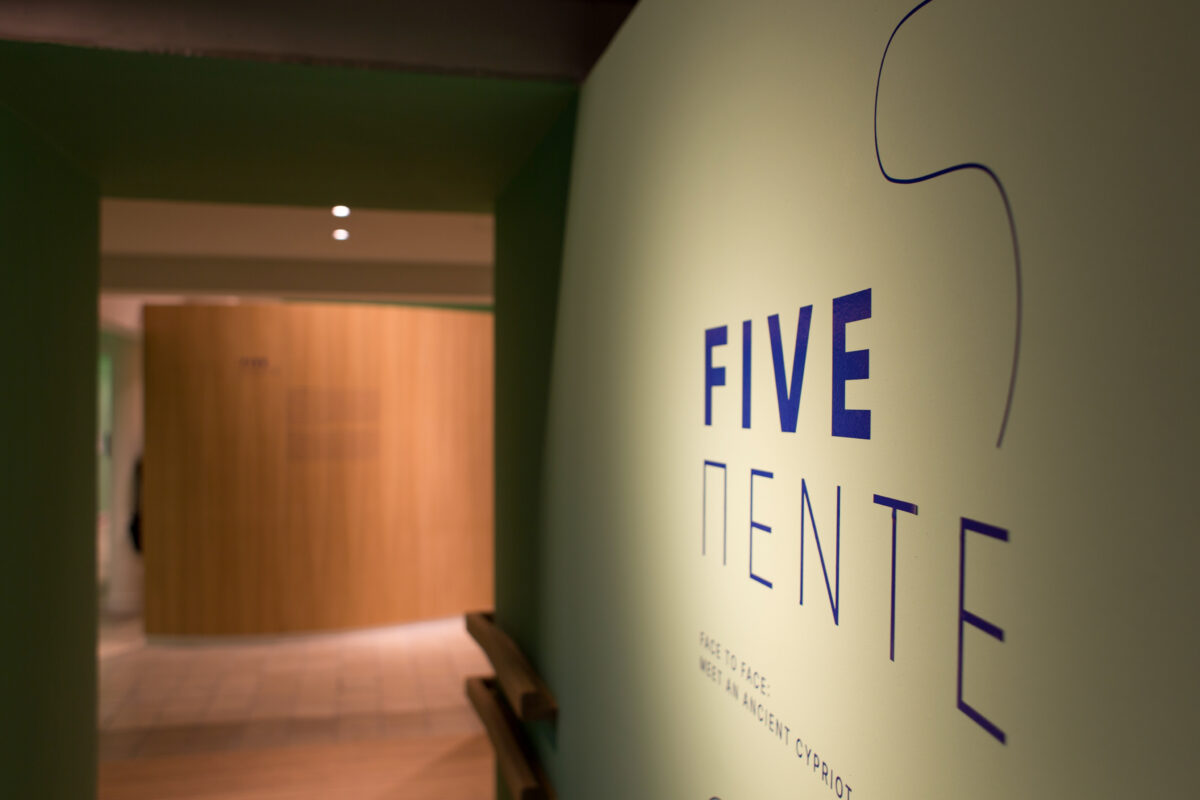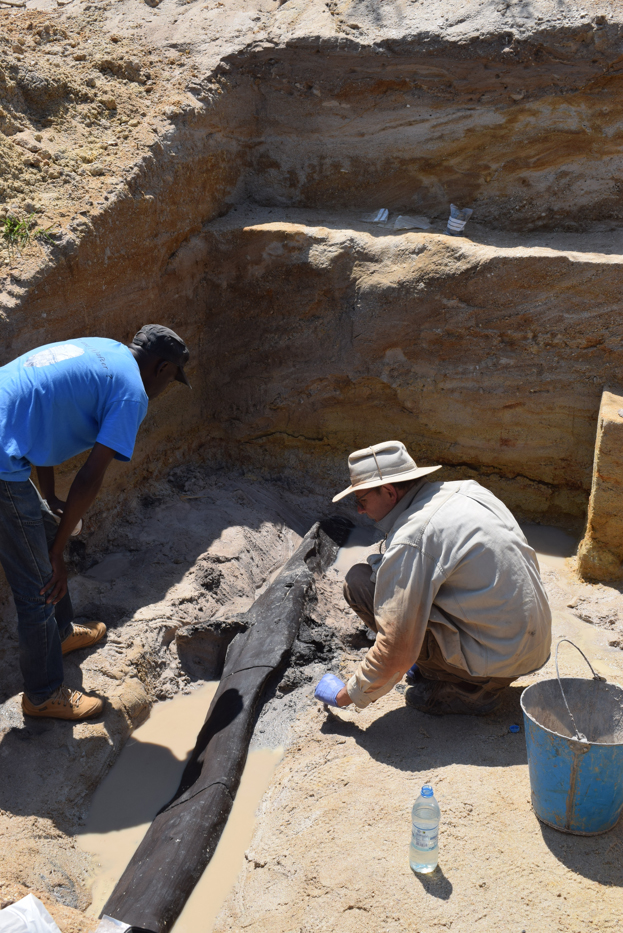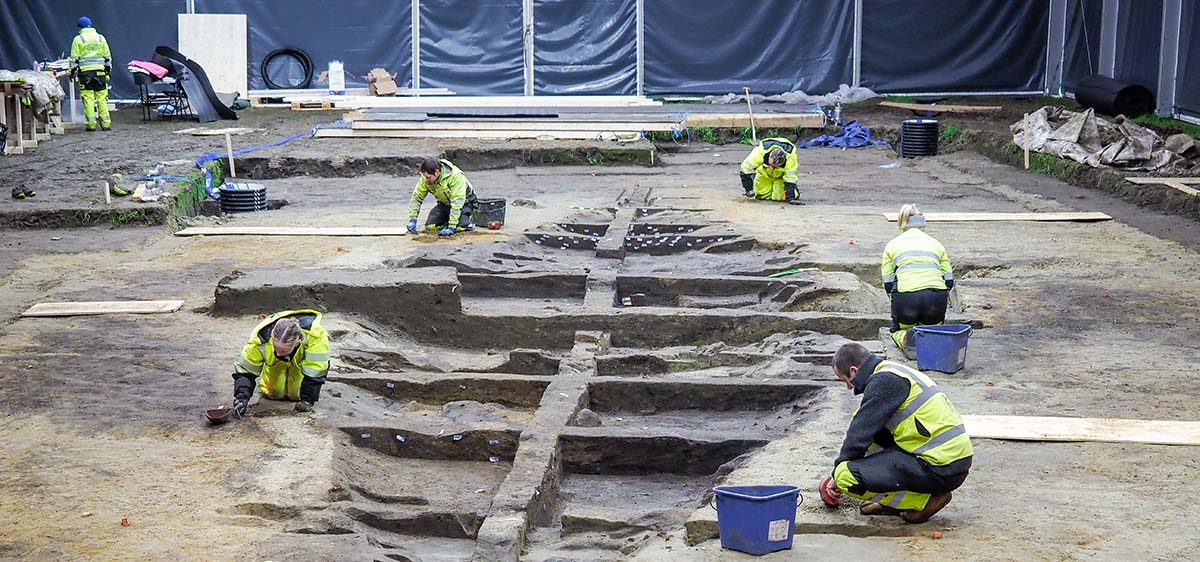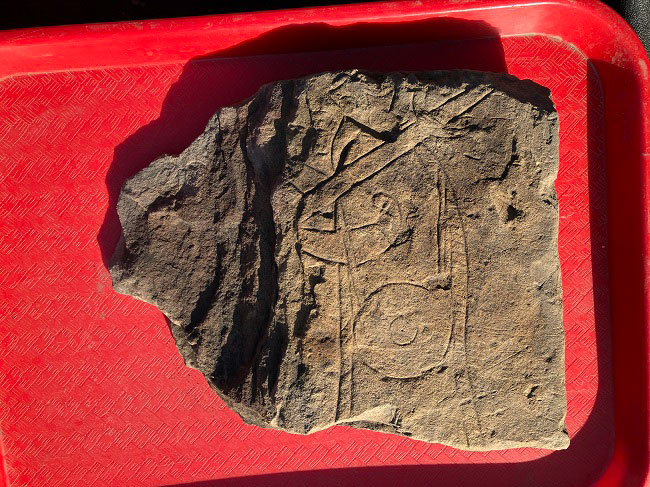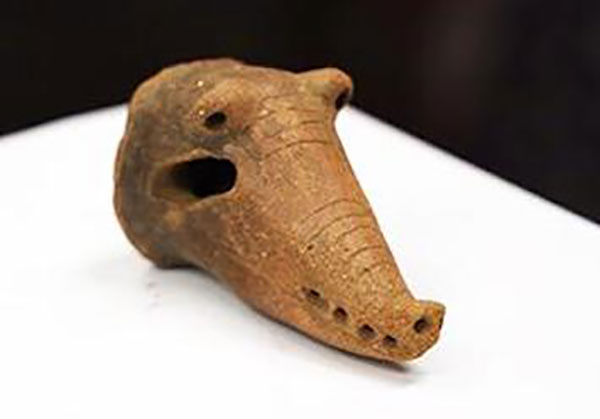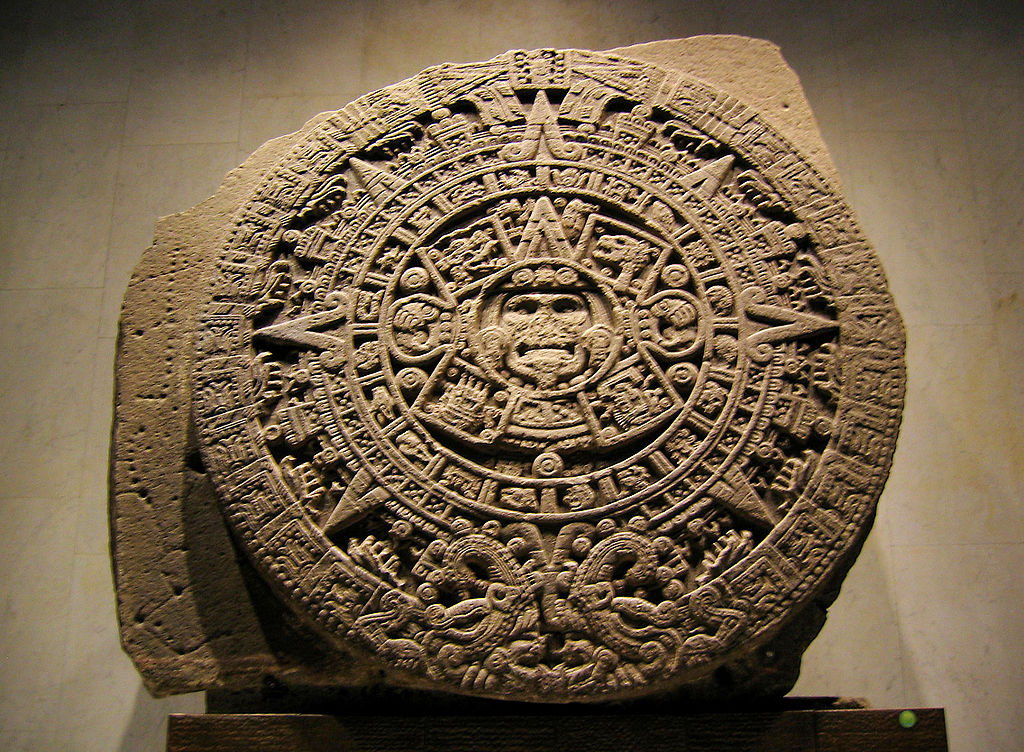Excavation in Egyptian 1st Dynasty Queen’s Tomb Yields Sealed Wine Jars
The newly found jars are large in size and in good condition of preservation, while the remains of wine found inside them are about 5,000 years old.
The origins of sculpture at the Benaki Museum
This exhibition includes stone tools and ‘figure stones’ depicting birds, faces, and bodies originating from sites in Europe, Africa, and the Middle East and presented for the first time in Greece.
Feasting (and dancing and singing?) with death
The Archaeological Research Unit of the University of Cyprus will host Dr Metaxia Tsipopoulou in its 60th ZOOM Public Lecture Series.
Rediscovering the medieval manor of Court De Wyck
Various sources suggest some form of the manor survived until 1815, when it was eventually torn down following a fire.
The Oxyrhynchus Papyri Collection Moves To A New Website
The new website also gives access to the images of the Oxyrhynchus papyri.
University of Virginia PhD Program in Classics
The Department of Classics at the University of Virginia welcomes applications for its PhD Program for the class entering in the Fall of 2024.
A Roman-period cranial tumor case is detected
The CENIEH publishes a study of a case of meningioma in a Roman-period cranium.
Eight more chambers discovered in an Egyptian pyramid
During the work at the pyramid’s antechamber, the team located traces of a low passage that had been recorded by British explorer John Perring in 1836.
New Indo-European language discovered
The new language was discovered in the UNESCO World Heritage Site Boğazköy-Hattusha in north-central Turkey.
Caribbean parrots thought to be endemic are actually relicts of millennial-scale extinction
In a new study published in PNAS, researchers have extracted the first ancient DNA from Caribbean parrots.
Adhesive technology sheds new light on prehistoric cognition
Prehistoric production of birch bark tar reveals required cognition kind for materials produced by Neanderthal and early modern humans.
Uncovering the tooth: interventive dental therapy in Ancient Egypt
Utilising an embodied and biocultural approach, this project appraises the available osteological evidence relating to ancient Egyptian dental therapy within the timeframe of the Old Kingdom – Graeco-Roman Period.
Project seeks to preserve an endangered language
The team is working to preserve Syriac, a 2,000-year-old language that once flourished in the Middle East and Central Asia.
When and how did the flow of Homo sapiens in Eurasia happen?
A new study appearing in Science Advances compares Pleistocene vegetation communities around Lake Baikal in Siberia, Russia, to the oldest archeological traces of Homo sapiens in the region.
Temple “of Aphrodite” revealed in Thonis Heraklion
The mission has excavated the remains of buildings supported by wooden beams dating back to the 5th century BC, as well as bronze and ceramic finds imported from Greece.
Witchcraft suspicion: ‘occupational hazard’ for women
Women’s working conditions increased the odds of them being suspected as witches, according to a new analysis of an English astrologer’s case files from the early 17th century.
Viking trade connections stretched over hundreds of kilometres
Analysis of Vikings hair combs reveals connections between northern Scandinavia and the edges of continental Europe.
Connected Worlds? Exhanges in Antiquity
A study day on Exchanges in Ancient Worlds will take place in Sorbonne-Université, Paris (France), the 27 April 2024.
Extension of the temporary exhibition FIVE at the Cyprus Museum
FIVE adopts an anthropocentric approach allowing the visitor to come “face to face” with the stories of people from the past.
Archaeologists discover world’s oldest wooden structure
Half a million years ago, earlier than was previously thought possible, humans were building structures made of wood.
News from Gjellestad
Two years after the Gjellestad excavation was completed, experts are digitizing the 1400 rivets that were removed from the ship.
New discovery of Early Medieval ‘Govan Warrior’ stone
An archaeological dig at Govan Old Churchyard revealed a remarkable new find: an early medieval carved stone of a warrior figure.
CBP Returns Historical Indigenous Artifacts to Costa Rica
U.S. Customs and Border Protection (CBP) returned three historic artifacts last Thursday from the Caribbean Archaeological Subregion.
Income Inequalities Within the Aztec Empire Eased the Way of the Conquistadores
Guido Alfani reconstructs economic relationships in Precolumbian Mexico, showing that Aztec rulers were ruthless exploiters.
